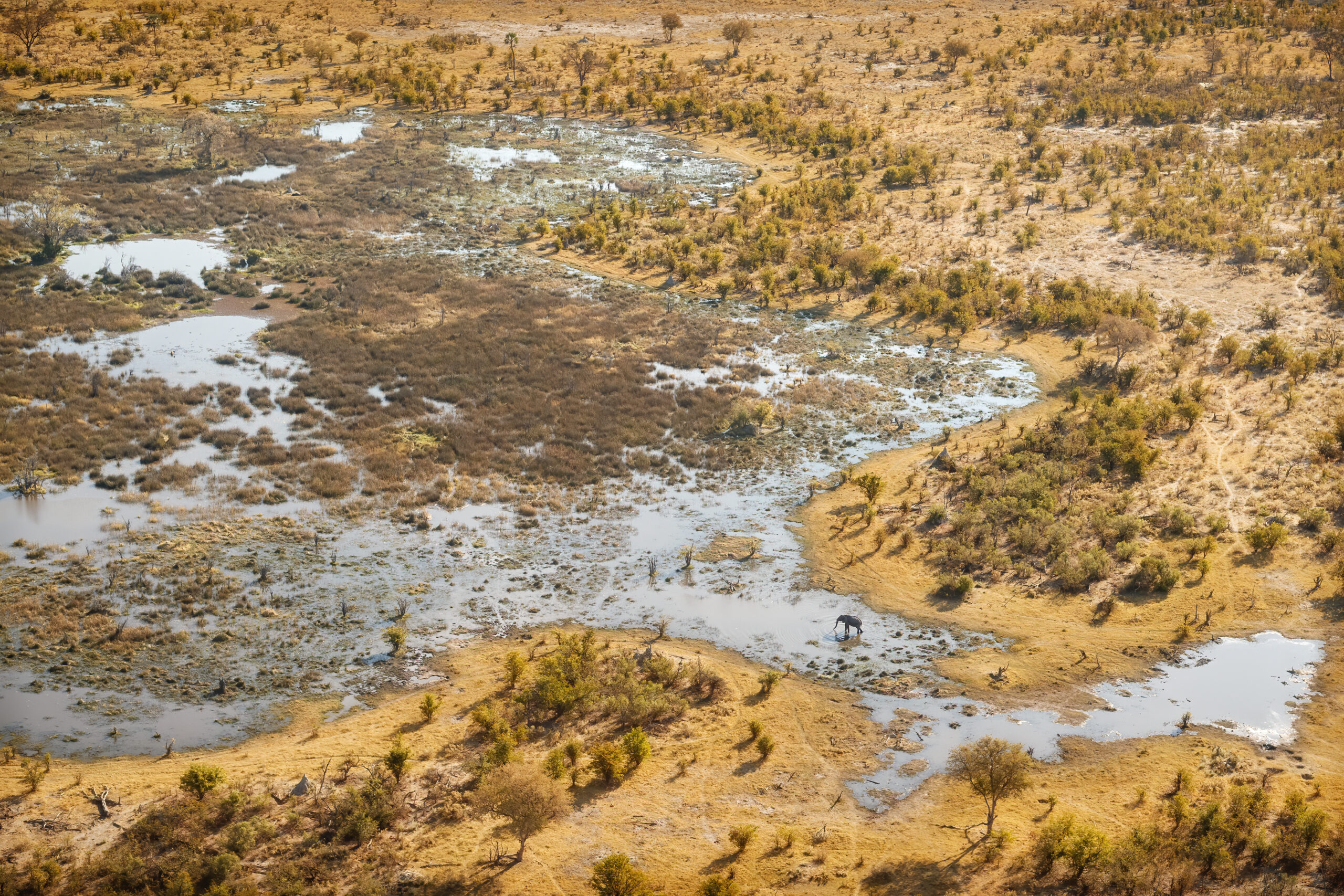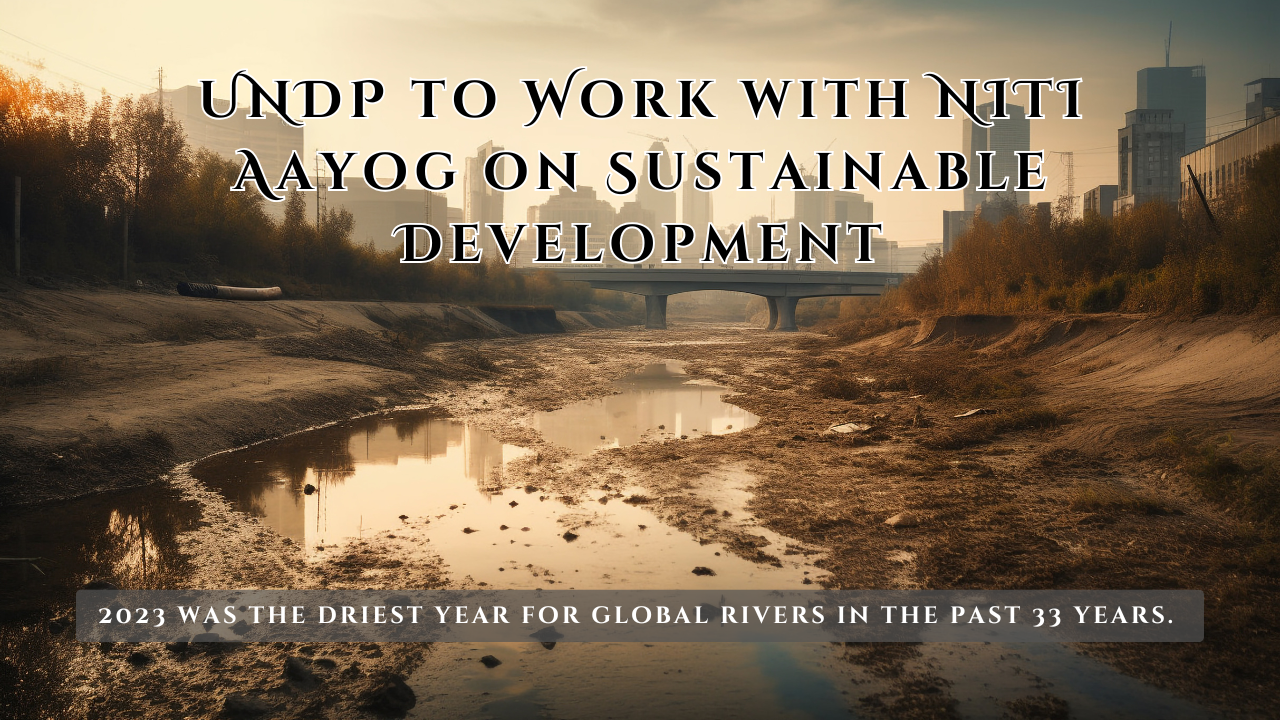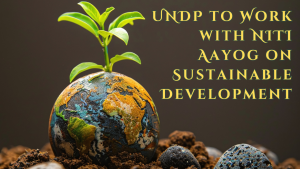WMO’s Report Claims 2023 Driest for Global Rivers
Context:
The World Meteorological Organization’s (WMO) State of Global Water Resources report, revealed that 2023 was the driest year for global rivers in the past 33 years.
Key Findings of the Report according to WMO:
Drier-than-Average River Discharge
- Impact of Rising Temperatures: 2023 was the hottest year on record, with increased temperatures and dry conditions causing prolonged droughts.
- Global River Discharge Trends: Over half of global catchment areas had drier-than-average to average discharge, similar to 2022 and 2021.
- Regional Impact: North, Central, and South America, as well as Asia’s Ganga and Brahmaputra basins, experienced lower-than-average discharge.
- Climatic Drivers: The transition from La Niña to El Niño in 2023, combined with oceanic warming, intensified the dry and warm conditions.

Reservoir Inflows and Storage
- General Trends in 2023: Reservoir inflows reflected overall discharge patterns, mostly below or average.
- Regional Impacts: India’s west coast reservoirs saw low inflows, while the Ganga basin had above-average storage. Human regulation of reservoirs helped maintain volumes but reduced downstream discharge.
Groundwater Levels
- Global Groundwater Trends: 19% of wells had much-below-average groundwater levels, while 40% showed average conditions.
- Regions with Below-Average Levels: North America, Chile, southern Europe, and Australia faced below-average groundwater levels.
- Regions with Above-Average Levels: New England, Canada, northern Europe, parts of India, and Korea saw higher groundwater levels due to increased precipitation.
Soil Moisture Conditions
- Global Soil Moisture Trends: 2023 was the second driest year for soil moisture, behind 2022.
- Affected Regions: North and South America, North Africa, and West Asia had below-average soil moisture, while Alaska, Canada, India, and northeastern Russia had above-average moisture.
World Meteorological Organization (WMO)The World Meteorological Organization (WMO) is the UN’s authoritative voice on weather, climate, and water resources, fostering international cooperation among its 193 Member States. WMO’s mandate spans meteorology, operational hydrology, and related sciences, ensuring global collaboration in weather and water-related activities. It facilitates the free exchange of real-time data, essential for public safety, economic welfare, and environmental protection. WMO also plays a leading role in monitoring climate and environmental changes, supporting global agreements like the UNFCCC, and advising governments on sustainable development and environmental issues. Key Publications
|
Subscribe to our Youtube Channel for more Valuable Content – TheStudyias
Download the App to Subscribe to our Courses – Thestudyias
The Source’s Authority and Ownership of the Article is Claimed By THE STUDY IAS BY MANIKANT SINGH





